Your cart is currently empty!
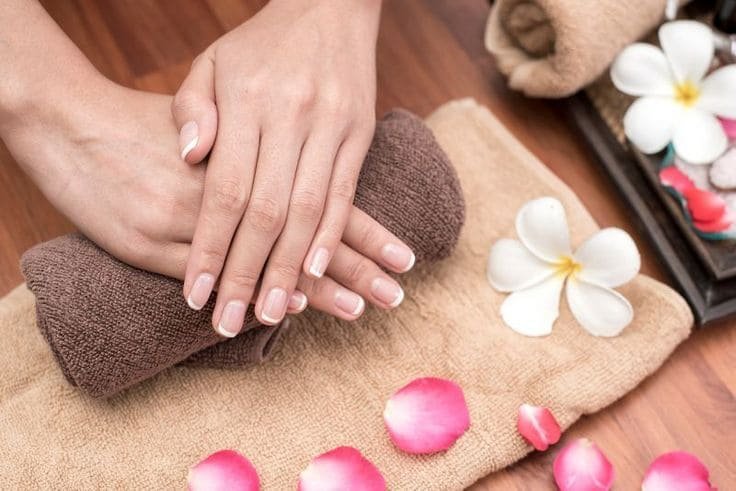
Unlocking the Secrets: 7 Natural Remedies for Nail Whitening

Table of Contents
Are you looking to rejuvenate your nails and regain their natural luster? Nail whitening offers a simple yet effective solution to address discoloration and stains, helping you achieve a polished and radiant look. Several natural remedies are available to whiten nails without resorting to harsh chemicals.
Lemon juice, with its high citric acid content, acts as a natural bleaching agent, gently lightening stains and brightening nails. Baking soda, renowned for its exfoliating properties, effectively removes surface stains to reveal whiter, healthier nails. Hydrogen peroxide, when used in moderation, serves as a mild bleaching solution, helping to even out discoloration and promote a uniform appearance.
Additionally, apple cider vinegar, with its cleansing properties, combats nail discoloration while nourishing the nail bed. Similarly, whitening toothpaste, containing gentle abrasives, aids in lifting surface stains, restoring nails to their natural whiteness. Incorporating these natural remedies into your nail care routine can revitalize your nails, restoring their brilliance and radiance. Say goodbye to dull, stained nails and hello to a revitalized, confident you whitening on nails.
Lemon Juice for Nail Whitening at Home: Nature’s Brightening Secret
When it comes to achieving naturally white nails at home, few remedies are as potent as lemon juice. This citrus powerhouse boasts high levels of citric acid, making it an effective and affordable solution for nail whitening. Its natural bleaching properties gently lift stains and discoloration, revealing brighter and healthier-looking nails.
To harness the whitening power of lemon juice, start by squeezing fresh lemon juice into a small bowl. Then, dip a cotton ball or cotton pad into the juice and apply it directly to your nails, ensuring thorough coverage. Allow the lemon juice to sit on your nails for about 10-15 minutes, allowing the acidic solution to penetrate and break down stubborn stains.

After the designated time, rinse your nails with lukewarm water and pat them dry with a soft towel. For optimal results, repeat this treatment several times a week until you achieve your desired level of whiteness.
Not only is lemon juice an effective nail whitening agent, but it’s also a natural alternative to harsh chemical treatments. By incorporating this simple and affordable remedy into your beauty routine, you can enjoy brighter, more radiant nails without leaving the comfort of your home.
Baking Soda: Your Secret Weapon for Nail Whitening
In the quest for whiter nails, baking soda emerges as a versatile and potent ally. Renowned for its exfoliating properties, baking soda effectively removes surface stains and discoloration, unveiling nails that are brighter and more vibrant. This household staple acts as a gentle abrasive, buffing away impurities without causing damage to the nail bed.
To utilize baking soda for nail whitening, create a simple paste by mixing baking soda with water to form a thick consistency. Then, using a soft toothbrush or nail brush, gently scrub the paste onto your nails, focusing on areas with visible staining. Allow the paste to sit for a few minutes to penetrate the nail surface and break down stubborn discoloration.

Afterward, rinse your nails with lukewarm water and pat them dry with a soft towel. For optimal results, incorporate this treatment into your regular nail care routine, repeating it once or twice a week as needed to nail whitening.
Baking soda’s effectiveness in whitening nails lies in its ability to gently lift away surface stains while leaving the nails undamaged. By harnessing the power of this natural exfoliant, you can achieve whiter, brighter nails without the need for harsh chemicals or expensive treatments.
Hydrogen Peroxide: A Brightening Solution for Nail Whitening
Hydrogen peroxide emerges as a gentle yet effective solution for nail whitening, offering a simple and affordable remedy to combat stubborn stains and discoloration. With its mild bleaching properties, hydrogen peroxide works to lighten nails, promoting a brighter and more uniform appearance.
To use hydrogen peroxide for nail whitening, start by diluting it with an equal amount of water to reduce its potency and minimize the risk of irritation. Then, soak your nails in the diluted solution for 5-10 minutes your nail whitening at home, allowing the hydrogen peroxide to penetrate the nail surface and break down stains.
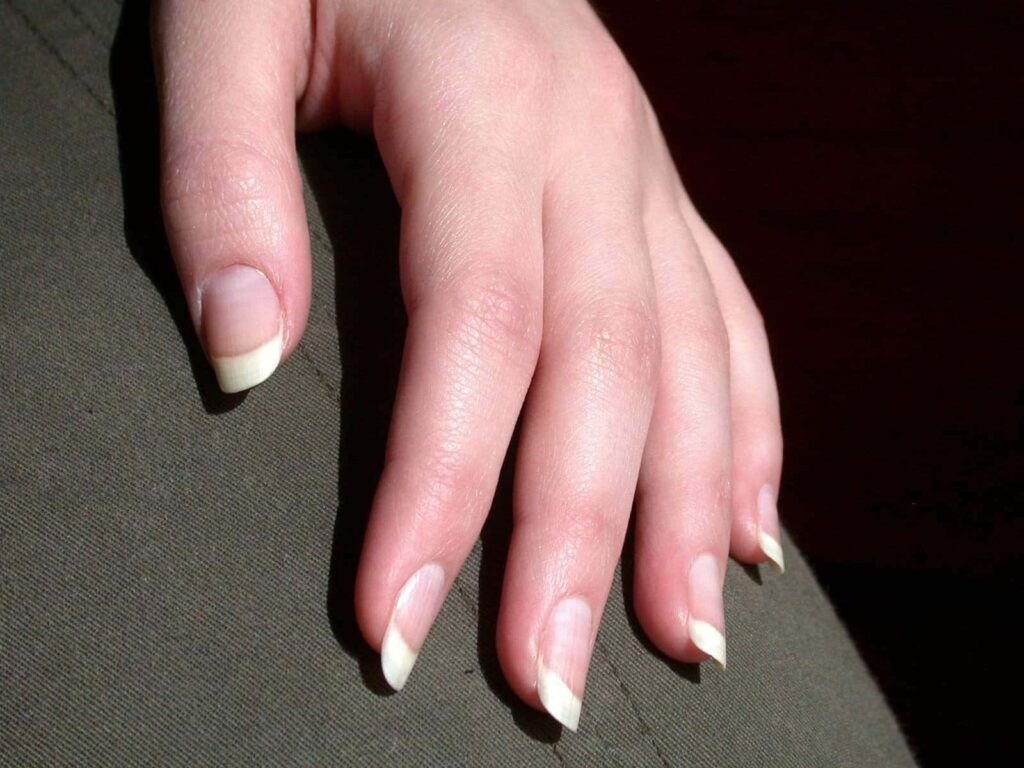
After soaking, rinse your nails with lukewarm water and pat them dry with a soft towel. For optimal results, repeat this treatment regularly, adjusting the frequency based on the severity of discoloration.
It’s important to exercise caution when using hydrogen peroxide, as excessive exposure can lead to dryness and irritation. Additionally, avoid using hydrogen peroxide on damaged or broken skin, as it may cause further discomfort.
Incorporating hydrogen peroxide into your nail care routine can help you achieve brighter, whiter nails without the need for harsh chemicals or expensive treatments. With its gentle bleaching properties, hydrogen peroxide offers a safe and effective solution for enhancing the natural beauty of your nails.
Unlocking Natural Brilliance: Apple Cider Vinegar for Whitening Fingernails
Apple cider vinegar (ACV) has garnered a reputation for its myriad health benefits, ranging from aiding digestion to promoting weight loss. However, its potential role in whitening fingernails is lesser-known but equally noteworthy. Fingernails can often become discolored due to various factors such as exposure to harsh chemicals, fungal infections, or simply the natural aging process. Fortunately, ACV’s acidic properties make it a potent ally in restoring the natural whiteness of nails.
When used as a soak, apple cider vinegar can effectively eliminate stains and discoloration from the nails. To prepare the soak, simply mix equal parts of ACV and water in a bowl. Soak your fingertips in this solution for about 10-15 minutes, allowing the acidic nature of the vinegar to penetrate the nail bed and lift away any impurities. The mild acidic nature of ACV helps to dissolve the stains without causing damage to the nails or surrounding skin.
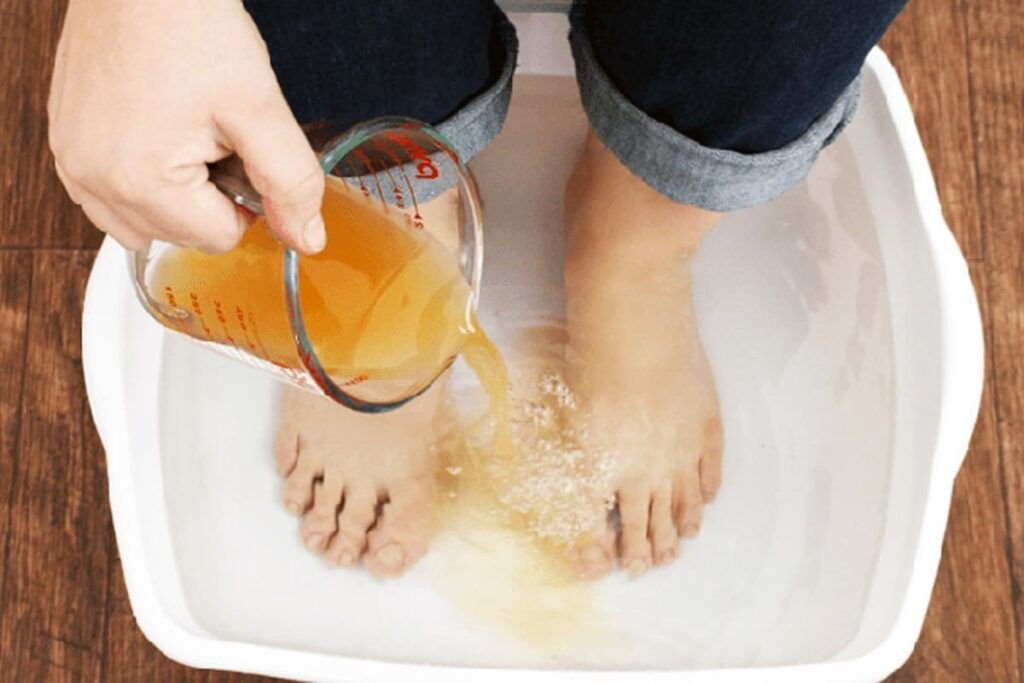
Additionally, ACV possesses antibacterial and antifungal properties, making it effective in combating any underlying infections that may be contributing to nail discoloration. By regularly incorporating ACV soaks into your nail care routine, you can not only whiten your nails but also promote overall nail health.
It’s important to note that while ACV can be beneficial for whitening fingernails, it should be used with caution, especially for individuals with sensitive skin or existing nail conditions. Diluting ACV with water helps to mitigate any potential irritation. Furthermore, it’s advisable to moisturize the nails and cuticles after the soak to prevent dryness.
In conclusion, apple cider vinegar offers a natural and affordable solution for whitening fingernails. With its acidic properties and antimicrobial benefits, ACV stands as a versatile remedy for achieving healthy, beautiful nails.
Natural Radiance: Harnessing Toothpaste to Whiten Nails
Toothpaste, a staple in oral care routines on nail whitening, holds a surprising secret: its ability to naturally whiten nails. While its primary function is to maintain dental hygiene, toothpaste’s mild abrasiveness and cleansing properties make it an effective solution for rejuvenating nails to their pristine state.
To utilize toothpaste for nail whitening, opt for a non-gel, non-whitening formula to avoid harsh additives. With a soft-bristled toothbrush or nail brush, gently massage a small amount of toothpaste onto dampened nails, paying attention to areas with stubborn stains or discoloration. Allow the toothpaste to sit for a few minutes to allow its cleansing agents to work their magic before rinsing thoroughly with water. This gentle abrasion helps to exfoliate the nail surface, revealing a brighter, refreshed appearance.

The science behind toothpaste’s efficacy lies in its composition, often containing mild abrasives like calcium carbonate or hydrated silica. These ingredients work to buff away surface stains and impurities, restoring nails to their natural brilliance. Additionally, toothpaste may contain antibacterial agents, which can help combat any underlying infections contributing to nail discoloration.
While toothpaste offers a convenient and accessible solution for nail whitening nails, it’s essential to exercise caution to prevent overuse or potential irritation. Limit the frequency of toothpaste treatments to avoid excessive abrasion, and moisturize nails and cuticles post-treatment to maintain hydration and prevent dryness.
In conclusion, toothpaste emerges as a surprisingly effective ally in the quest for radiant nail whitening. With its gentle exfoliating properties and potential antibacterial benefits, it offers a natural and accessible solution for achieving nails that shimmer with vitality and health.
Tea Tree Oil: Nature’s Whitening Wonder for Nails
Tea tree oil, renowned for its potent antiseptic and antifungal properties, unveils yet another hidden talent: whitening nails. This natural elixir, extracted from the leaves of the Melaleuca alternifolia tree native to Australia, boasts a plethora of skincare benefits, including its ability to rejuvenate and brighten nails to their natural brilliance.
To harness tea tree oil’s whitening prowess, begin by diluting it with a carrier oil such as coconut oil or olive oil to mitigate any potential skin irritation. Once diluted, apply a small amount of the mixture directly to the nails, ensuring thorough coverage. Tea tree oil’s antimicrobial properties penetrate the nail bed, targeting fungal infections and other underlying causes of discoloration while simultaneously brightening the nail surface.

The key to tea tree oil’s effectiveness lies in its active compound, terpinen-4-ol, which exhibits powerful antibacterial and antifungal properties. This compound not only combats existing infections but also prevents their recurrence, promoting long-term nail health and vitality. Additionally, tea tree oil’s gentle astringent qualities help to remove surface stains and impurities, gradually revealing whiter, more luminous nails.
Regular application of tea tree oil can yield noticeable results over time, with nails appearing visibly brighter and healthier. However, consistency is key, and patience is required as the oil works its magic on the nails.
In conclusion, tea tree oil emerges as a natural and effective solution for whitening nails, offering a holistic approach to nail care. With its potent antimicrobial properties and gentle whitening effects, it provides a gentle yet powerful remedy for achieving nails that radiate vitality and beauty.
Naturally Brighten Your Nails at Home with Olive Oil
Olive oil, a culinary and skincare staple, holds the key to naturally whitening nails in the comfort of your home. This versatile oil, extracted from the fruit of the olive tree, not only nourishes the skin but also revitalizes nails, restoring them to their pristine brilliance.
To embark on your nail whitening at home journey with olive oil, begin by warming a small amount of the oil in a bowl. Ensure it is comfortably warm but not too hot to avoid causing any discomfort. Next, soak your fingertips in the warm olive oil for approximately 10-15 minutes, allowing its moisturizing and nourishing properties to penetrate the nail bed.
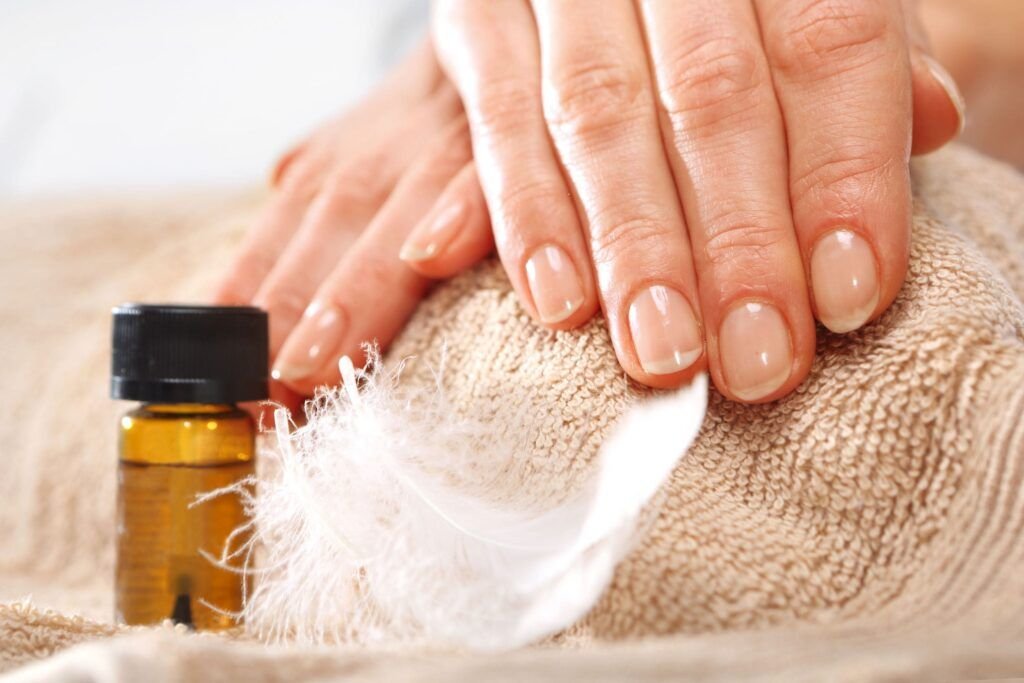
Olive oil’s rich emollients work to hydrate and strengthen nails, combating dryness and brittleness while simultaneously promoting a brighter appearance. Its high content of vitamins and antioxidants aids in repairing damage and promoting healthy nail growth, resulting in nails that gleam with vitality.
Additionally, olive oil’s gentle exfoliating properties help to remove surface stains and impurities, gradually revealing whiter, more luminous nails over time. Regular use of olive oil as a nail soak can yield noticeable results, especially when coupled with a consistent nail care routine.
Incorporating olive oil into your nail care regimen not only enhances the appearance of your nails but also nourishes them from within, promoting long-term health and resilience. Its accessibility and affordability make it a convenient option for those seeking natural remedies for nail whitening.
Conclusion:
In the pursuit of achieving dazzling nails, the exploration of natural remedies unveils a treasure trove of solutions harnessing ingredients found within our homes. From the acidic tang of apple cider vinegar to the gentle abrasiveness of toothpaste, the antimicrobial prowess of tea tree oil, and the nourishing properties of olive oil, each presents a unique pathway to nail whitening. These remedies, enriched with their inherent qualities, offer accessible and effective means of revitalizing nails to their pristine brilliance.
By incorporating these natural alternatives into a regular nail care routine, individuals not only enhance the aesthetic appeal of their nails but also nurture them from within, fostering long-term health and resilience. Patience and consistency are the guiding virtues on this journey, as the gradual transformation unfolds, revealing nails that radiate vitality and beauty. In embracing these natural remedies, we celebrate the inherent power of nature to provide solutions that are gentle, holistic, and sustainable. Thus, the quest for nail whitening becomes more than a cosmetic endeavor; it becomes a testament to the symbiotic relationship between nature and beauty, reminding us of the wealth of treasures waiting to be discovered within the comfort of our homes.

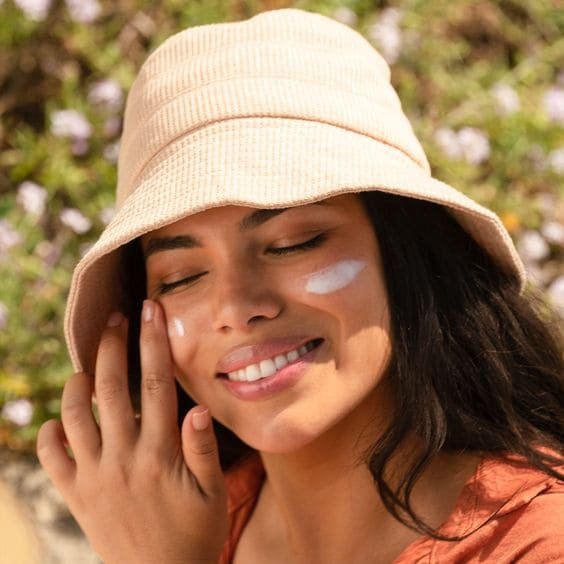
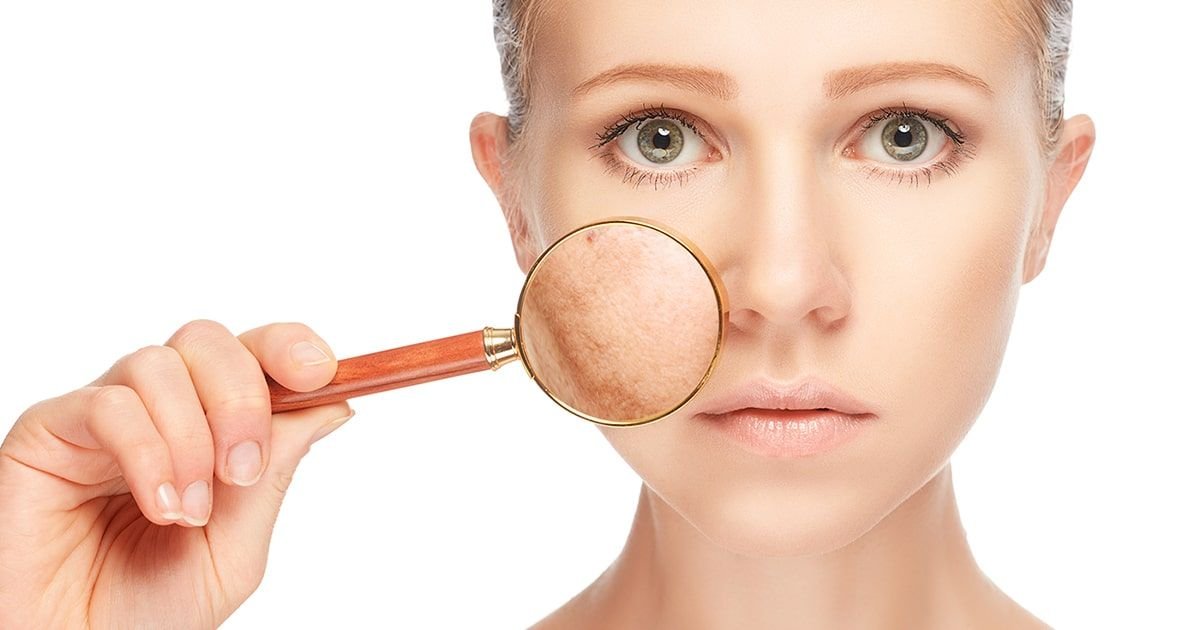

Leave a Reply